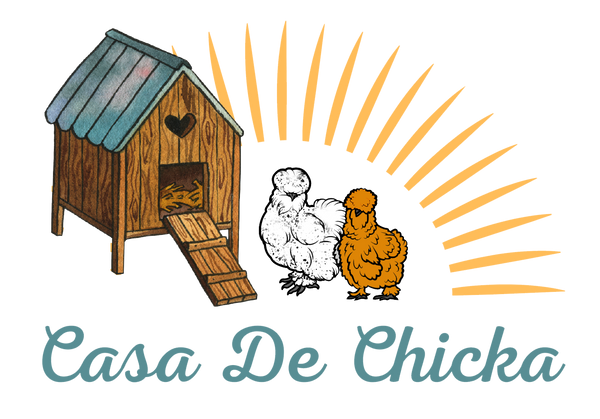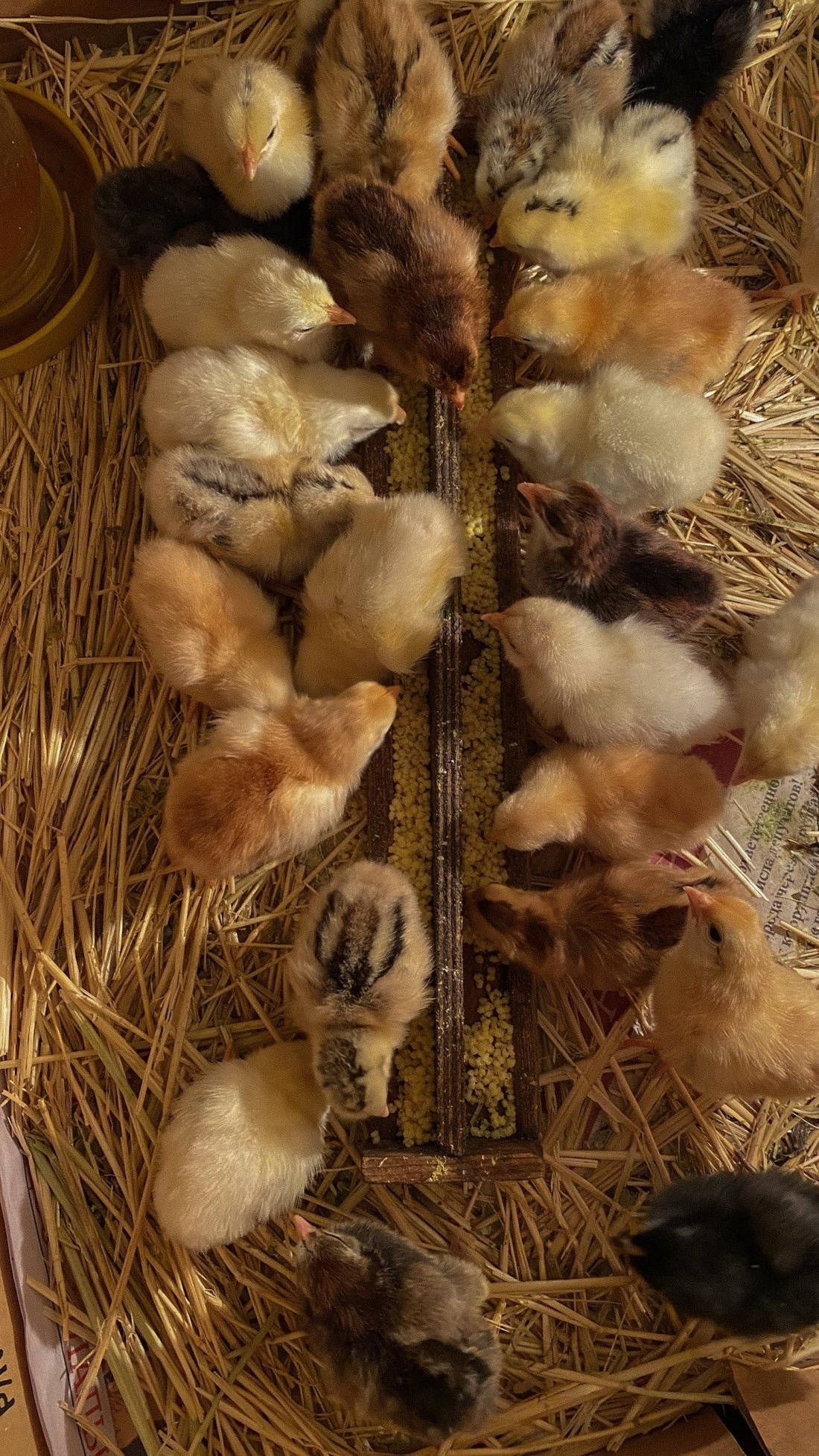Have you ever paused while enjoying your morning omelet and pondered, "What did the chickens eat to produce these eggs?" Well, you're not alone! In the world of industrial poultry farming, what goes into the chicken feed is a topic as hot as a freshly laid egg. So, let's embark on a culinary detective journey to unravel the mystery of what our industrially-raised feathered friends are really eating.
The Chicken Feed Saga: A Peck at the Ingredients
The Basics: What’s in the Bucket?
Industrial chicken feed is a bit like a fast-food combo meal - it’s designed to be quick, efficient, and meet the basic nutritional needs of the birds. The typical menu includes:
Grains Galore: The main course is usually a blend of grains like corn and soybeans. These are the poultry world's bread and butter, providing the carbohydrates and proteins needed for energy and growth.
Protein Punch: Soybean meal is a common ingredient for that extra protein kick. Think of it as the chicken’s version of a protein shake.
Vitamin and Mineral Mix: Just like humans, chickens need vitamins and minerals. Feed often includes a blend of these essentials to keep the birds pecking happily and healthily.
The Additives: A Controversial Seasoning
Antibiotics: In some industrial farming operations, antibiotics are added to feed to prevent diseases and sometimes to promote growth. However, this practice has raised concerns about antibiotic resistance.
Growth Promotants: Other additives may include growth promotants to accelerate weight gain. It’s like a fast track for chickens to reach their market weight.
The Move Towards Natural: There’s a growing trend towards more natural feeds, free from antibiotics and artificial growth promotants, as consumer awareness and demand for healthier poultry products increase.
The Gourmet vs. Fast Food: Comparing Industrial Feed to Natural Diets
The Free-Range Feast
The Buffet of the Earth: Free-range chickens dine on a diverse buffet provided by Mother Nature herself. Their diet includes insects, worms, seeds, and green plants. It’s the chicken equivalent of a gourmet meal with a side of adventure.
Nutritional Nuances: This natural diet is often richer in certain nutrients, affecting the quality of the eggs and meat in terms of taste and nutritional content.
Backyard Farm Raised Chickens: A Feast from the Homestead
Now, let’s cluck our way over to the charming world of backyard farm-raised chickens. These lucky birds often enjoy a more varied and natural diet compared to their industrial counterparts, and it's not just about what's in their feed trough.
The Gourmet Diet of Backyard Chickens
Diverse Delights: Backyard chickens often feast on a smorgasbord that includes commercial feed, kitchen scraps, garden produce, and whatever tasty bugs and worms they can scratch up in the yard. It’s like a daily all-you-can-eat buffet, with a side of foraging fun.
Kitchen Scraps and Greens: These birds might snack on everything from vegetable peels to leftover rice. Leafy greens, fruits, and vegetables from the garden are also common treats. It's a bit like having a mini farm-to-table experience right in their coop.
The Benefits of a Varied Diet
Nutritional Boost: The varied diet of backyard chickens often leads to higher nutritional content in their eggs and meat. For example, eggs from chickens that forage and eat greens can have higher levels of omega-3 fatty acids and vitamins.
Happy and Healthy Birds: This diverse diet can contribute to the overall health and happiness of the chickens. More variety means more opportunities to engage in natural behaviors like pecking, scratching, and foraging, which can lead to happier, less stressed chickens.
Eco-Friendly and Sustainable: Feeding kitchen scraps to chickens not only provides them with additional nutrients but also reduces food waste. It’s a small but meaningful way to contribute to a more sustainable lifestyle.
The Impact of Diet on Chicken Health and Product Quality
You Are What You Eat Applies to Chickens Too
Health Implications: The diet of chickens directly impacts their overall health. A balanced and nutritious diet leads to healthier birds, whereas an imbalanced diet can lead to health issues.
Egg and Meat Quality: The nutritional content of chicken feed also influences the quality of the eggs and meat. For instance, omega-3 enriched feeds can lead to eggs with higher omega-3 content.
Decoding the Labels: Understanding Poultry Feed Standards
Navigating the World of Feed Labels
Organic, Non-GMO, and More: Labels like ‘organic’ or ‘non-GMO’ indicate that the feed meets certain standards regarding ingredients and farming practices.
Transparency and Regulations: Increasingly, there are calls for more transparency and stricter regulations around chicken feed to ensure animal welfare and food quality.
The tale of what industrial birds are really eating is a complex mix of nutrition, economics, and consumer preferences. While industrial feeds are designed for efficiency and productivity, there's a growing conversation around the quality and sustainability of these feeds. As consumers, understanding the impact of chicken feed on both the birds and the products we consume helps us make more informed choices. So, the next time you crack open an egg or cook some chicken, you’ll have a little more food for thought about what went into making it. Bon appétit! 🐔🌽🥚

